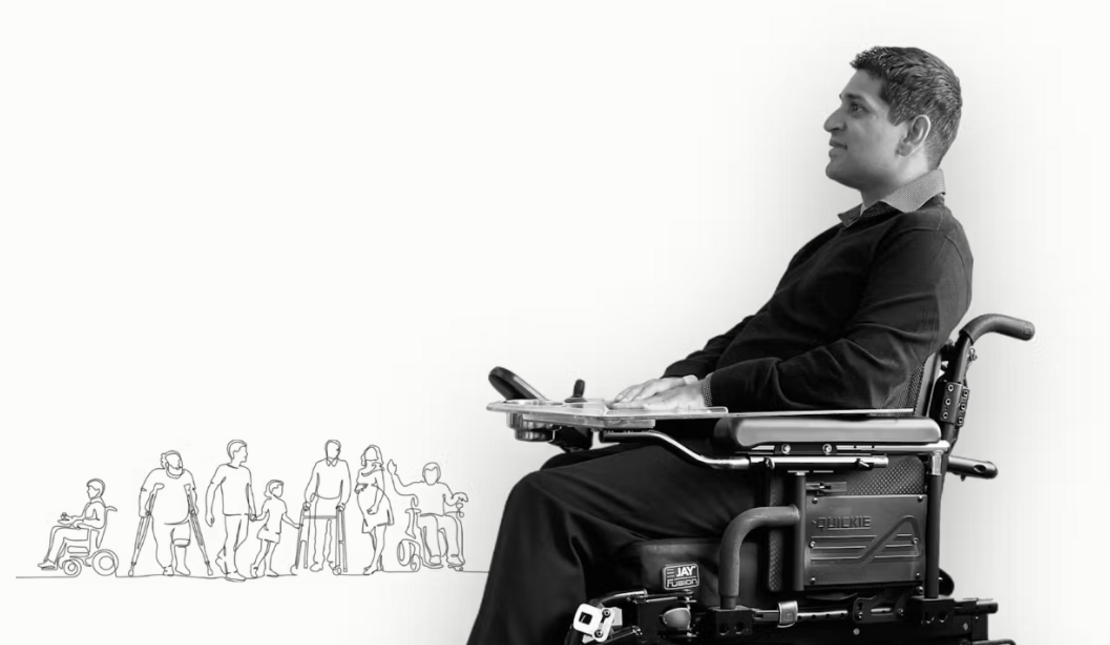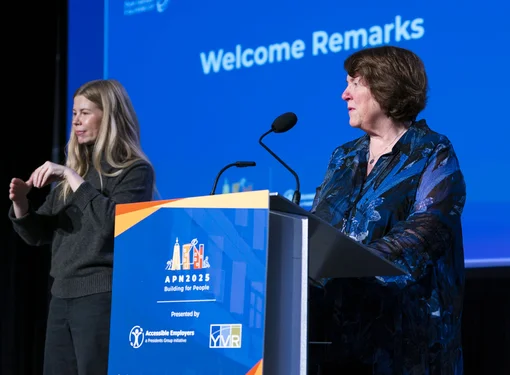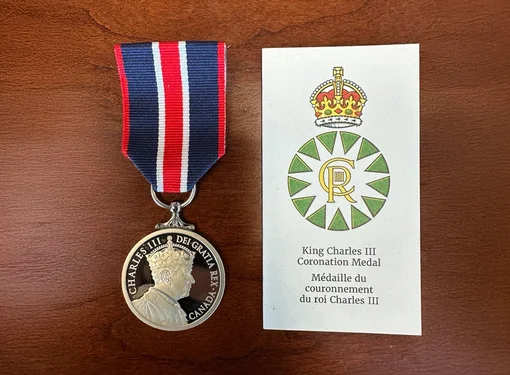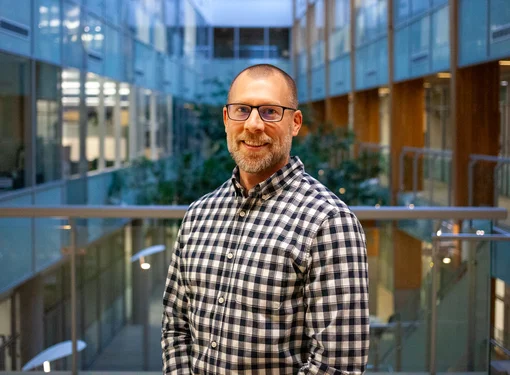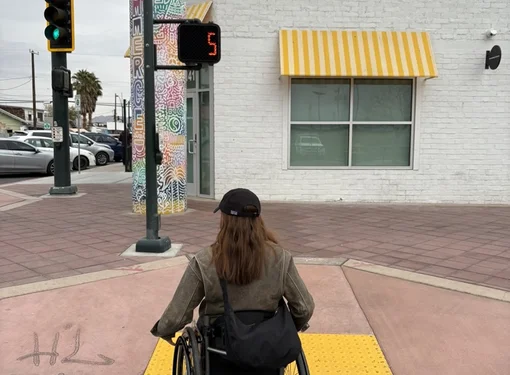Rethinking Urban Spaces for Meaningful Access
Nabeel Ramji has spent his life navigating a world that wasn’t built for him. As a commercial real estate asset manager and an accessibility advocate, he understands first-hand how urban spaces can either connect people or exclude them entirely. Nabeel, who has cerebral palsy and uses a power wheelchair, has a unique perspective on how architecture shapes human interactions—not just for people with disabilities but for everyone.
At the upcoming Accessibility Professional Network (APN) 2025 conference, Nabeel will participate in the Lived Experience Panel: Building for People on March 27 at 9:30 a.m. Pacific Time at the Vancouver Convention Centre and online.
He will share his knowledge to challenge architects, planners, and developers to rethink how they design spaces. Instead of designing for outdated norms, Nabeel will advocate for environments that truly serve everyone – not just the presumed standard of the non-disabled adult male.
The Question that Changed Everything
Nabeel’s career path into meaningful accessibility started with a simple but powerful question he posed to Calgary-based architect Erin Shilliday: “Why do you design buildings that don’t work for me?”
At the time, Erin was already exploring accessibility in design. The two connected at the Rick Hansen Foundation (RHF) Accessibility Leadership Forum in 2018, a precursor to the APN.
“Nabeel wasn’t being rude,” Erin recalled. “But the question hit me hard. As an architect, I thought I was doing things right – following building codes and meeting regulations. But in that moment, I realized I wasn’t really answering the needs of people like Nabeel.”
The question sparked an ongoing conversation. Over time, those discussions evolved into action, leading to the development of Pedesting, a ground-breaking navigation app designed to help people find accessible routes through cities and buildings.
The Journey to Making a Difference
Nabeel was born in Pakistan and adopted by a Canadian family as an infant. Diagnosed with cerebral palsy when he was nine months old, his parents were given the option of returning the baby. Their response: “We love this boy. We’ll be just fine.”
That love gave Nabeel a strong foundation to build a successful life, but it couldn’t erase the physical and attitudinal barriers he faced. Despite excelling academically and socially, he still felt like an outsider in spaces that were not designed for him.
“I spent the first eight years of my life unable to speak,” Nabeel said. “So, I know what it feels like not to have a voice. It’s isolating.”
That experience fueled his passion for changing the way cities function for people with disabilities. Rather than accepting the status quo, Nabeel was determined to change it.
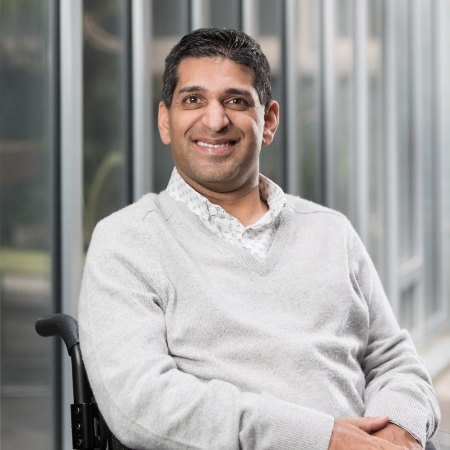
Is Architecture a Connector or a Barrier?
At APN 2025, Nabeel will focus on the dual role of architecture as both a connector and a barrier. While buildings and public spaces are meant to bring people together, poor design choices often exclude entire populations. Echoing the principle of the RHF Accessibility Certification (RHFAC) program, which measures meaningful access for people of various abilities, accessibility should not be an afterthought or an item on a checklist. It should be a fundamental part of the design process, he added.
Accessibility should also flow; there’s no point in having power door openers to a building’s front entrance if the only option is a flight of stairs to get there. Also, Nabeel said power door openers, ramps, and elevators exist, but their locations are not always intuitive. This uncertainty makes getting around his hometown of Calgary, British Columbia, a constant challenge.
“There is so much uncertainty around going out. I often have to call the business owner ahead of time to see if the place is accessible,” he said. “It’s a lot of work.”
This frustration led to the creation of Pedesting. The app integrates architectural data to help people with mobility disabilities find the best path, avoiding obstacles such as heavy doors or staircases. The app is used throughout downtown Calgary, with plans to expand to other cities. More than just a tool, it’s a wake-up call to urban planners and building owners – offering invaluable insight into how their spaces impact real people’s lives.
As cities grow, so must the understanding of accessibility, Nabeel said. Meaningful change is possible through tools like Pedesting and RHFAC. However, it does require a shift in mindset – one that embraces accessibility as a fundamental design principle rather than an afterthought. That’s why knowledge-sharing platforms like the APN are so critical; they empower industry professionals with the insights and resourced needed to drive real, lasting change.
And with leaders like Nabeel Ramji and Erin Shilliday pushing for progress, the future of urban spaces looks brighter and more inclusive than ever.
Join RHF at the Accessibility Professional Network (APN) annual conference, where accessibility experts like Nabeel Ramji, CEO and Co-Founder of Pedesting, will explore innovative solutions for making cities more accessible. APN2025: Building for People is March 27 and 27, 2025, at the Vancouver Convention Centre, with in-person and online attendance options. Don’t miss this opportunity to connect, learn, and drive change in accessibility! Schedule and tickets.
